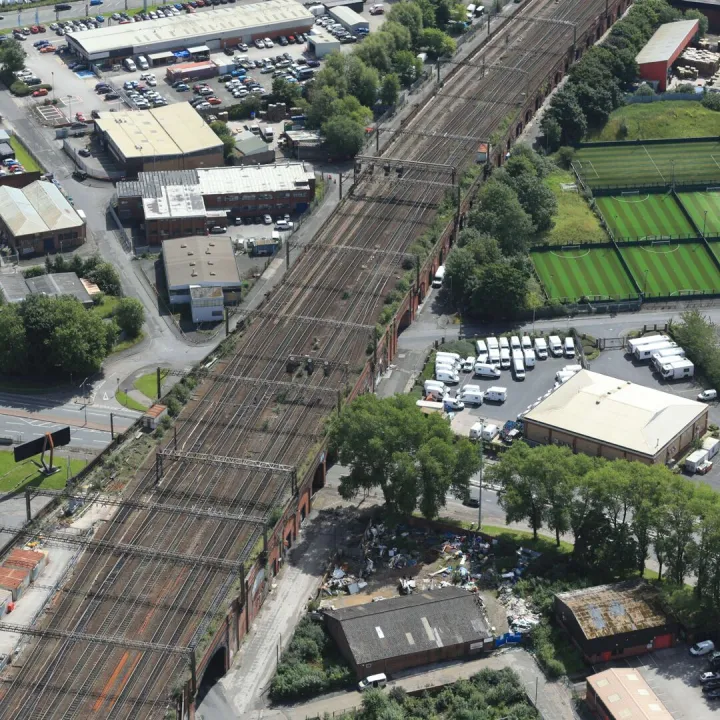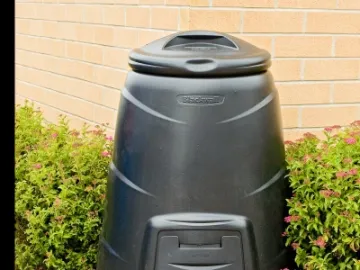Compost Problems – Unwanted Tenants?






We have already talked about the huge benefits – to both your garden and to the environment in general – of using a compost heap to recycle your garden waste. However, some people will say, "But the heap is bound to attract rats – and I don't want that!" before deciding to continue putting all of their garden waste in the green bin instead.
Will rats inevitably decide to visit (or take up residence) in your compost heap?

The answer is an incontrovertible "NO!"
We can understand how we can be so sure of this if we try to see things from the rat's point of view. The rat will go to the heap if there is an easy advantage to be gained by doing so.
[1. Why would a rat go to your heap?
]a. Rats go for food. Don't put anything that the rat wants to eat onto the heap. Raw or cooked food is a definite NO! Even egg shells are attractive to rats. There is some debate as to whether raw vegetable peelings should go on the heap. It may attract them but not half as much as cooked food, bread and such like. The compostable caddy liners can deter pests as it masks the scent of the food until it has broken down.
b. Rats go for shelter, peace and safety. A rat won't travel far in the open, so site your heap away from other things in the garden (and certainly away from likely rat-runs). They dislike busy places, so a heap that you pass by often is highly unattractive to them, as is one which is disturbed (by knocking or, if you're feeling fit, by turning) whenever you can.
[2. How can I stop the rat getting in?
]a. Seal off their way in. Rats can gnaw through almost any material, they are known to even gnaw through concrete breeze blocks! The harder you make it for them the less likely they will choose your heap. Build it inside a stout box or bin. Rats have very sharp teeth but they have much more difficulty getting through thick wood or a stout wire mesh. Chicken wire is no good, though – they can gnaw through that! Remember, rats can squeeze their way through holes only 15mm (½ inch) in diameter. Stand the heap on the mesh and make sure that the bottoms of the sides are protected – a set of bricks all around the base will work well.
b. Certain scents deter them. Some gardeners grow mint to deter rats. You can try growing enough to add to the heap (but make sure it's well composted or you'll have mint everywhere when your come to use the compost)!
[3. What do I do if there is a rat in the compost heap?
]Call the Council. Remember, you need not set about removing it. The chaps from the Council are experts – they spend all of their time sorting out infestations.
Once your bin is sorted, take a careful and thorough look round your garden from a rat's point of view. The current enthusiasm for wildlife gardening isn't selective when it comes to the wildlife it attracts, so rats and mice might be the penalty we pay for long grass and for wildflower meadows. It would be a shame to get rid of these if you like them, but it's better not to put your compost heap in the middle of a really rat-friendly area.
Bird feeders also need consideration. Birds are incredibly messy eaters and lots of grain tends to fall to the ground, and this can be a major attraction for rats. Think about putting a large paving slab beneath the feeder so that it's easier to brush up any fallen seed.
If you think about how you can make life difficult for the rat, it just won't bother with your garden and will go instead for easier pickings down the street. And you'll be left with wonderful, friable, nutritious compost for your garden at the cost only of a little careful management. Having a compost heap really is a good idea!
Tarvin Environment Group
Quick Links
Get In Touch
TarvinOnline is powered by our active community.
Please send us your news and views.

